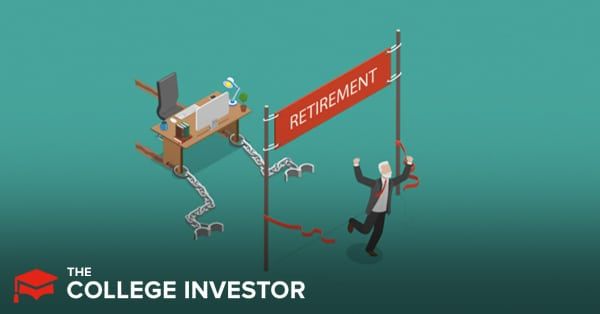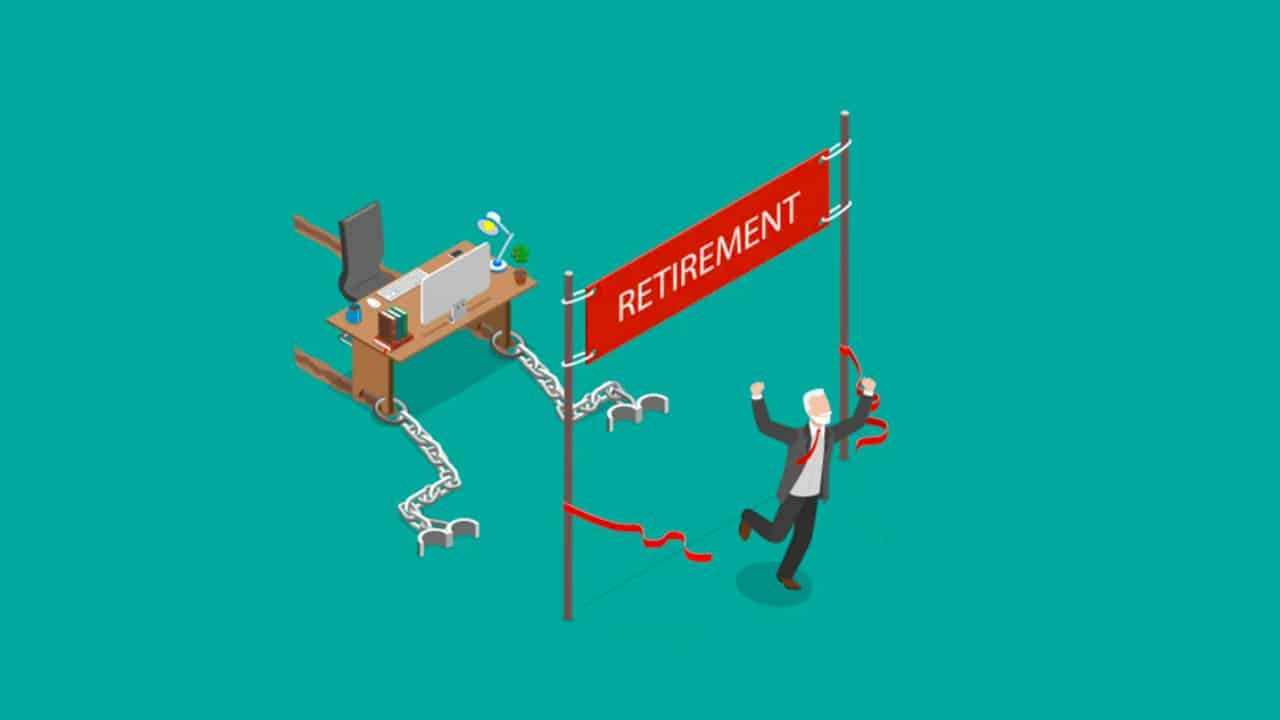
Many people think that the prospect of retiring early is something that only rich founders of Silicon Valley startups can entertain.
But followers of the FIRE movement have discovered that this impressive feat is possible at just about any income level, provided that you're willing to apply disciplined savings strategies.
Many F.I.R.E. followers have already achieved financial independence and many more are well on their way. Even if you don't really think that retiring early is for you, the idea of being able to choose your work primarily based on personal satisfaction rather than financial survival might sound very appealing.
But what goes into the F.I.R.E. movement? And is it realistic for the average worker. Let’s find out!
What Is The FIRE Movement?
F.I.R.E., aka Financial Independence, Retire Early, is a movement that encourages adherents to save more money. The idea has grown in popularity in recent years, with bloggers like Mr. Money Mustache and the Mad Fientist guiding their readers down this path.
The ultimate goal is to achieve financial independence. That means that you have enough saved or invested to cover your expenses for the rest of your life.
People in pursuit of F.I.R.E. may choose to minimize their expenses
or
increase their incomes to boost their savings rate. With a higher savings rate, you can achieve your financial goals more quickly. It's not uncommon to see F.I.R.E. members saving over 50% of their income.
The ultimate goal is to achieve a level of financial independence. If that goal is reached, some may decide to retire early. But in many cases, this newfound freedom allows F.I.R.E. followers to pursue other passion projects with the knowledge that they'll never have to "work to pay the bills" again.
Different Types Of F.I.R.E.
As you explore the F.I.R.E. movement, you’ll quickly realize there are several ways to consider yourself financially independent. Here are the main types of F.I.R.E. to consider.
What Is Lean F.I.R.E.?
Lean F.I.R.E. is one of the more popular strategies. With Lean F.I.R.E., most advocates pursue strict budgeting to align with minimalist lifestyles. You’ll often find Lean F.I.R.E. members with an extreme savings strategy that requires a strict budget with few ‘extras’ involved.
Based on what you’ll see on the internet, a large percentage of the F.I.R.E. movement is devoted to Lean F.I.R.E. strategies. But just because it's one of the more popular strategies doesn’t mean that it will be the right choice for you.
Beyond the fact that so many of us don’t want to live a life of strict frugality, there are inherent dangers involved with this approach. It's all too easy to miscalculate when there are slim margins of error involved.
For example, let’s say that you plan to live on $30,000 per year. With that, your F.I.R.E. number using the 4% rule would be $750,000. Although that is a significant amount of savings to rely on, it can be less of a ‘safe’ choice if you're planning a retirement that will stretch on for decades.
According to Vanguard, adherents of the 4% rule are more likely to run out of funds if their retirement horizon is expected to last more than 30 years. Additional factors that increase your risk of running out of money include rising costs, unexpected expenses, underperforming portfolios, and the potential for more taxes in the future.
What Is Fat F.I.R.E.?
Fat F.I.R.E. can be found at the opposite end of the spectrum from Lean F.I.R.E. Instead of focusing on frugality and minimalism, Fat F.I.R.E. followers place an emphasis on earning more and living a life with the ‘extras’ that matter to them.
With Fat F.I.R.E., members plan to have more expenses in retirement rather than less. And thy tend to err on the side of caution when it comes to calculating their retirement numbers. Although these followers may also be frugal at heart, they're unwilling to run the increased risks associated with Lean F.I.R.E.
Fat F.I.R.E. followers want to build up enough savings to provide for a very comfortable lifestyle in retirement with leeway to account for the unexpected costs that life might throw their way.
Related: F.I.R.E For Non-Frugal People
What Is Barista F.I.R.E.?
Barista F.I.R.E. is one of the more creative branches of the F.I.R.E. movement. This method involves saving and investing to create an income that can cover some of your expenses.
However, you choose to take on a part-time job to fund the rest of your expenses. In many cases, people choose this path in pursuit of affordable healthcare options through an employer.
If you're tired of your current job, then Barista F.I.R.E. could be the way out you’ve been looking for.
What Is Coast F.I.R.E.?
Coast F.I.R.E. is the final type of F.I.R.E. that we’ll talk about today. Essentially, Coast F.I.R.E. involves retiring at the traditional age of 65. However, the individual would have enough money saved and invested to assume the funds would grow to cover their retirement.
For example, let’s say that you save $200,000 by the time you're 30. If you assumed a 6% rate of return, then you would have $1,337,217.36 when you were 65.
Based on that projection, you could determine that you'll have enough available to fund your retirement. And with that goal complete, you might decide to never invest another dime as you ‘coast’ to retirement.
How Does F.I.R.E. Work?
The concept of F.I.R.E. boils down to the idea of boosting your savings rate to accelerate your progress towards the big goal of funding your retirement. You can choose to approach the challenge by earning more or spending less.
But ultimately, you’ll need to increase your savings rate in one way or another. With these savings, you can invest to reach your 'retirement number.'
Typically, members of the F.I.R.E. movement choose their retirement number based on the 4% rule. That means these retirees plan to withdraw 4% of their total investments each year. For example, if your retirement portfolio’s value was $900,000, then you could withdraw $36,000 per year based on the 4% rule.
You’ll need to decide for yourself if you're comfortable with the 4% rule. Some choose a more conservative approach with a 3% withdrawal rate. Others overestimate their intended retirement expenses to stay on the safe side.
Once you achieve your retirement number, you can choose to leave work altogether. Or you may decide to transition into a new field that you enjoy. Either way, you'll rely on your investment withdrawals to fund your expenses.
Is The F.I.R.E. Movement Realistic?
As you learn about the F.I.R.E. movement, it's reasonable to be skeptical. After all, we’ve been told all of our lives that the retirement age is 65 and it's a challenge to save for that milestone. Is it really possible to retire early?
The short answer is yes. It's absolutely possible to retire early and many achieve this ambitious goal. However, it's important to realize that this path isn't easy. It will take a whole new way of thinking to boost your savings rate in pursuit of F.I.R.E.
If you go down this path, I encourage you to stay flexible and build some wiggle room into your F.I.R.E plans. Consider what you're willing to do to make this goal a reality. Don’t be afraid to make adjustments along the way. The good news is that choosing to build savings of any kind will bring more options into your life.
Final Thoughts
Only you can decide whether or not the F.I.R.E. movement is right for you. But if the idea of pursuing financial independence intrigues you, you'll want to think through the guiding principles of each flavor of F.I.R.E. to pick the one that best fits your personality and goals.
No matter which of the F.I.R.E. options you choose, investing the money you save will be key to your success. If you haven't started investing yet, you might want to read through our guide to investing in stocks. Or if you think it's time to look for a new investing platform, check out our favorite stocks brokers and robo-advisors.
Will you be pursuing F.I.R.E? Let us know!

Sarah Sharkey is a personal finance writer covering banking, insurance, credit cards, mortgages and student loans. She has written for numerous finance publications, including MagnifyMoney, Business Insider and ChooseFI. Her blog, Adventurous Adulting, helps young adults get a handle on their finances.
Editor: Clint Proctor Reviewed by: Robert Farrington
